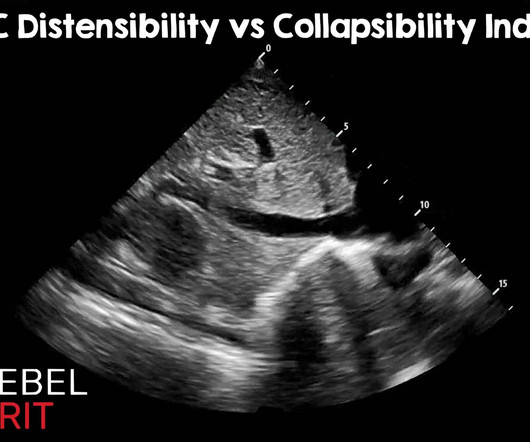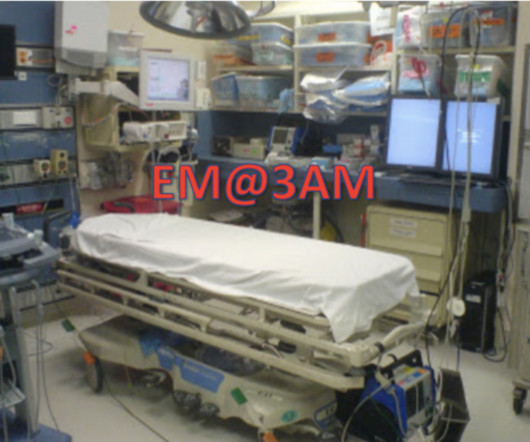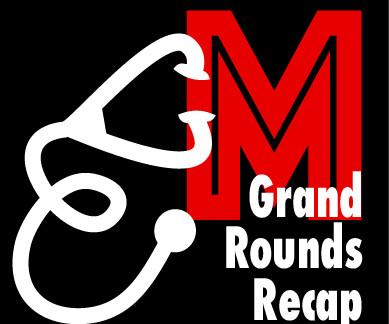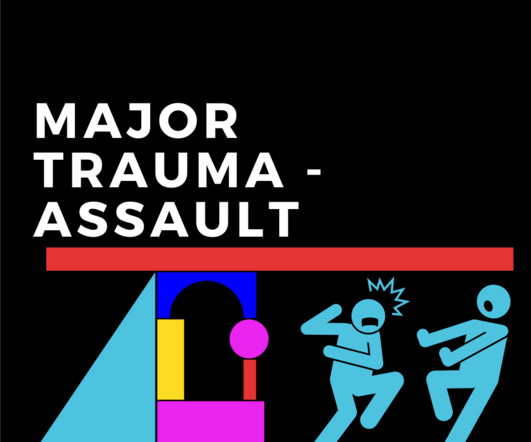Posterior Circulation Strokes
EM Ottawa
MARCH 14, 2024
Posterior circulation ischemia accounts for approximately 20-25% of all ischemic strokes and is a significant cause of patient disability. Posterior strokes are misdiagnosed more than 3x more often than anterior circulation strokes.1 Posterior strokes are misdiagnosed more than 3x more often than anterior circulation strokes.1



















































Let's personalize your content